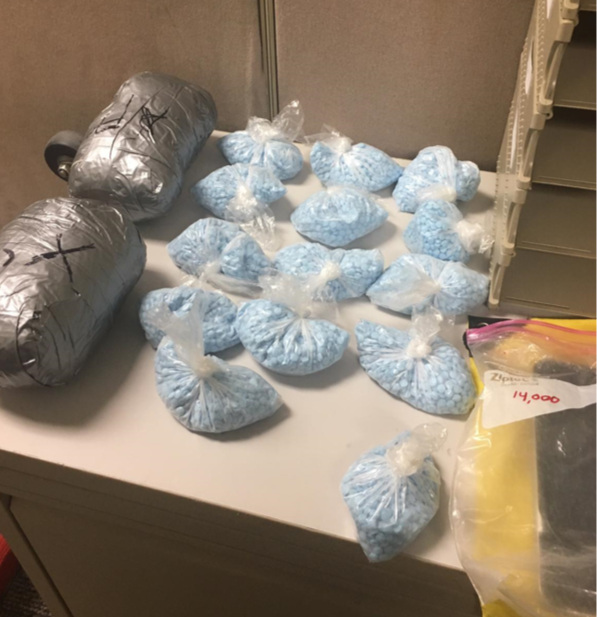Meet the Chronic Pain Patient Running for Arizona Legislature
/By Barby Ingle, PNN Columnist
As a rare disease and chronic pain patient, I have spent over 20 years advocating for others and myself in the pain community. I’ve worked on legislation to help patients in more than 30 states, including my home state of Arizona, where two of the bills I supported have become law.
I am now running for the Arizona House of Representatives from District 7, which includes Pinal, Gila, Coconino and Navajo counties, as well as the cities of Flagstaff and Apache Junction, where I live.
My campaign focuses on healthcare access, pain management and disability rights. I believe that everyone should have access to individualized healthcare and proper pain management. This can get people working again and participating in society, which would ultimately save taxpayers money.
In a recent interview with the Arizona Liberty Podcast, I shared my experiences running for office as a chronic pain patient. I explained that I was running to help make a difference in my community and to create positive change for those often overlooked by the political system.
As a patient with algoneurodystrophy, a severe nerve disease also known as Complex Regional Pain Syndrome (CRPS), running for office is not an easy task. I have faced many challenges during my campaign, including physical limitations and the need for frequent breaks. Sometimes I have to sit down while everyone around me is standing.
I am determined to push through these challenges to make a difference. I believe my unique perspective as a chronic pain patient can inspire others to engage in the political process and advocate for their needs.
In addition to my campaign work, I am a motivational speaker, author, and the immediate past president of the International Pain Foundation. Over the years, I have used my platform to raise awareness about chronic pain and to advocate for better treatment options. Education and awareness are crucial to improving the lives of those with chronic pain.
My campaign has made waves in my district and garnered attention from the pain community, with financial support and endorsements from patients and providers. Volunteers are also helping me get the word out about my candidacy.
I want laws that restore the patient-provider relationship and give pain management providers the ability to treat each patient individually.
I want to change Arizona’s “red cap” law, which requires all Schedule II opioids dispensed by a pharmacist to have a red cap, in addition to a warning label about potential addiction. The label is fine, but the red cap stigmatizes pain patients and the medications they need.
We are also currently short about 5,000 healthcare providers in Arizona, a state that attracts many senior citizens and patients with chronic or rare diseases who need specialized care. We must address that so all Arizonans can get the healthcare they deserve.
I hope my dedication and perseverance will inspire others to fight for their communities and better healthcare options. Despite the adversity we all face, positive change is possible.
You can learn more about me and my campaign at barbyingle.com. I hope to get your vote in the Republican primary on July 30, 2024.









